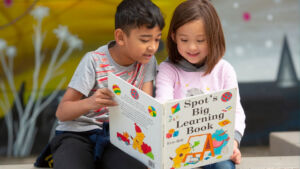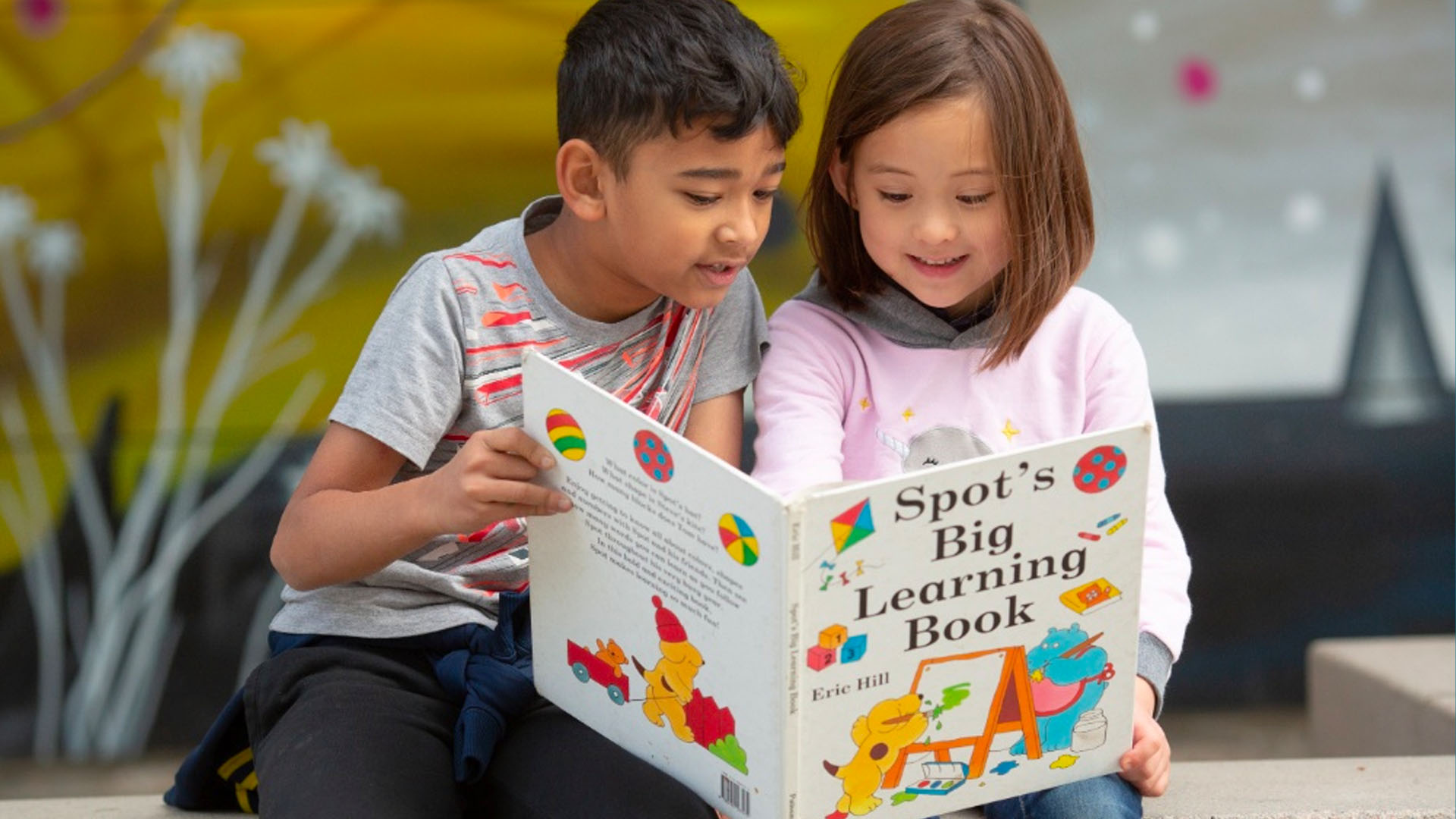We educators do not like conflict. All day long we work to resolve conflicts with people of all ages. It’s our job to keep the peace, find the middle ground, and keep everything running just as it should be. One of my go-to mantras is, “It’s fine. Everything is fine. I’m fine. I’m fine.” But, we can only carry around so much of that pressure before we need to pause, rougroup, and carry onward to stay well.
CAUTION. . .CONFLICT WARNING 🙂
![]() There is a lot of tension out there in the world of literacy instruction. You may be deep in it, or you may be hiding waiting for things to blow over. The importance of making sure that we are providing our earliest readers with the best tools to be successful helped me to decide that I had a few options.
There is a lot of tension out there in the world of literacy instruction. You may be deep in it, or you may be hiding waiting for things to blow over. The importance of making sure that we are providing our earliest readers with the best tools to be successful helped me to decide that I had a few options.
- Listen but keep on as is
- Get involved in the debate in some way
- Listen to the research and data and get involved with shifting any areas that are in need of shifting.
We want our understanding of balanced literacy to be aligned with what we have learned about how our brain learns to read. And, we’re learning that the science of reading overlaps VERY MUCH with very things we’ve been feeling and wanting from balanced literacy practices. It affirms most of the things we believe and empowers us to make decisions that give our students the best opportunities for reading success.

Bukins and Yates urge us as educators to tap into our growth mindset dispositions and move from walls to to bridges. These questions got me engaged and eager to learn more:
- Is it possible that the balanced literacy classrooms are sometimes out of balance?
- Are we missing (or misunderstanding) ways to bridge the most current research into our classroom?
- Do we have seemingly logical practices that are driven more by our intuition than driven by how science has taught us more about how reading actually works in the brain?
- Could a few simple, but powerful, shifts help us unlock literacy for more children than in the past?
While I may still be at the top most portion of an iceberg, the approach Burkins and Yates have taken to the tension is respectable and admirable. I hope you find this overview of some important considerations in our work as educators. Let’s start having more conversations about this topic so we can move forward. In this post we will unpack three of the six shifts.
We want our understanding of balanced literacy to be aligned with what we have learned about how our brain learns to read.
Shift 1 – Rethinking How Reading Comprehension Begins
Common Practice to REconsider |
Scientifically Sound Shift |
|---|---|
| Overlooking the role of listening comprehension in reading comprehension. | Treat oral language development as an essential ingredient for comprehension. |
This chapter reminds us of the importance of gathering what you need to support language comprehension. Considering the quality and richness of read-alouds and text sets to increase the opportunities for deepening the understanding of language. Science Snapshot
- Listening comprehension develops through the work of 3 systems (phonological, meaning, and context) in the brain.
- Print is spoken language written down. Listening comprehension is important for reading comprehension.
- The orthographic processes its system receives input through print along with phonological, meaning, and context processing systems.
- Word recognition skills can’t compensate for the limitations of a child’s listening comprehension on reading comprehension.
- Strong oral language can reduce the need for comprehension strategy instruction.
- Beginning readers need access to complex texts to support language-development opportunities.
Resources That May Interest You
Shift 2 – Recommitting to Phonemic Awareness instruction
Common Practice to REconsider |
Scientifically Sound Shift |
|---|---|
| Taking a “bit-of-this-and-a-bit-of-that” approach to phonemic awareness instruction. | Commit to intentional, systemic phonemic awareness instruction. |
There is a large volume of research to point to the fact that phonemic awareness instruction can “pay huge dividends” in supporting a stronger start for both readers and writers. Science Snapshot
- Reading is a human invention. It requires the phonological processing system to learn a new job.
- Phonemic awareness can (and should) be taught.
- Phonemic awareness and phonics are NOT the same.
- Phonemic awareness is a subcategory of phonological awareness.
- Phonemic awareness should be a priority over phonological awareness tasks.
- To develop an understanding of the alphabetic principle, attention must be made to BOTH phonemic awareness and early phonics.
- Phonemic awareness work can be adjusted by difficulty by changing the task (blending vs. substitution) in the beginning, middle, and end of the word.
- Evidenced-based routines cost VERY little after phonological awareness hierarchy is understood.
- Most children with reading difficulties have difficulty with phonemic awareness.
Resources That May Interest You
Shift 3 – Reimagining the Way We Teach Phonics
Common Practice to REconsider |
Scientifically Sound Shift |
|---|---|
| Settling for a leave-too-much-to-chance approach to phonics instruction. | Explicitly and systematically teach the secrets of how to crack the written code. |
The complexities of our alphabetic system, the amount or practice students need to learn how to read, and brain research, we’ve learned that it is worth the courage to reconsider phonics instruction. Science Snapshot
- Phonics instruction develops the brain’s orthographic processing system. It brings letters, sounds, meaning, and context together.
- English has a deep orthography.
- Most words in English are completely regular or have one irregular spelling pattern.
- A thoughtful scope and sequence that is explicitly taught combined with a plan for assessment and differentiation ensures mastery (not just exposure).
- The alphabetic code is a puzzle. The brain likes to solve puzzles.
- Phonics instruction includes:
- Content (letters, letter patterns, sounds)
- Process or understandings (alphabetic principle, phonemic analysis, blending, decoding, and meaning making)
- Meaningful interactions with texts and systematic phonics leads to powerful outcomes for beginning readers.
Resources That May Interest You
I hope you have enjoyed reading a bit more about how we can shift the balance to maximize our literacy instruction. Be on the lookout in early June for part 2 of this post. If you have additional questions, thoughts, resources, or want to continue the dialogue feel free to email me or follow me on Twitter!
Resources
Please login or register to claim PGPs.
Alternatively, you may use the PGP Request Form if you prefer to not register an account.



